In the 18th century, midwife Angélique Marguerite Le Boursier du Coudray (1712-1790) created a remarkable full-size obstetric mannequin to combat high infant mortality rates and educate young mothers about childbirth. This fantastic model consists of the lower part of a female body, a newborn doll, and various anatomical components.
Crafted from leather, cotton, and canvas, this pioneering teaching tool was designed to help train midwives and inform expectant mothers about the birthing process. At a time when medical knowledge was still limited, du Coudray’s obstetric mannequin represented a significant advancement in reproductive health education.
By allowing hands-on practice and visualization of the delivery procedure, this innovative mannequin played a crucial role in improving maternal and infant outcomes across 18th-century France. Du Coudray’s creation stands as an important milestone in the history of midwifery and the ongoing effort to make childbirth safer for both mother and child.
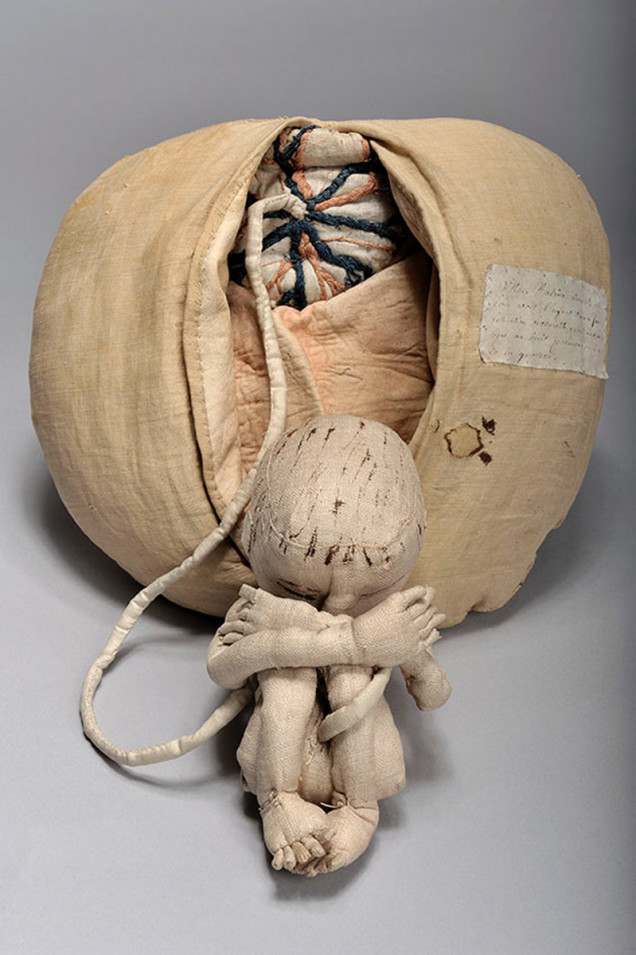
Louis XV authorised du Coudray to teach in the kingdom.
In 1759, de Courdray began a 25-year long tour of France, during which she is estimated to have trained more than 5,000 doctors, nurses and surgeons in childbirth.
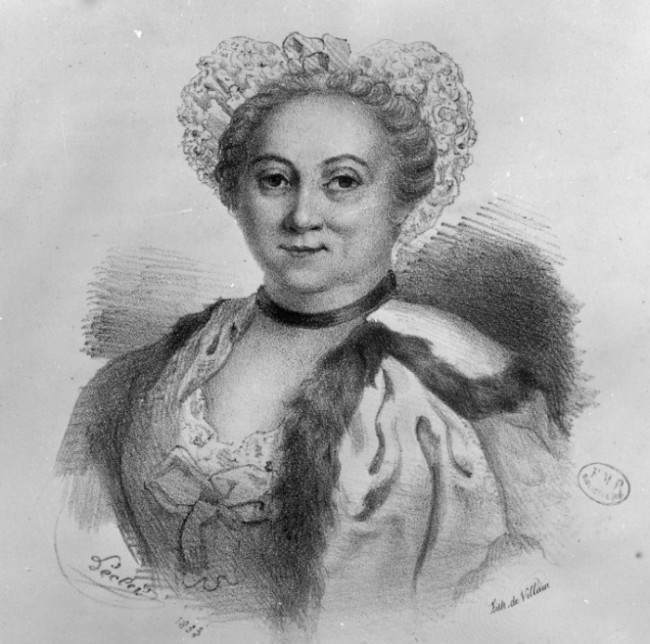
Angelique Marguerite Le Boursier du Coudray wrote:
“While waiting to deliver the woman, we must console her most affectionately as possible: his painful condition are committed, but it must be done with air of gaiety that inspires no fear of danger. Avoid all the whispers in the ear, which could worry that fear her and unfortunate consequences.”
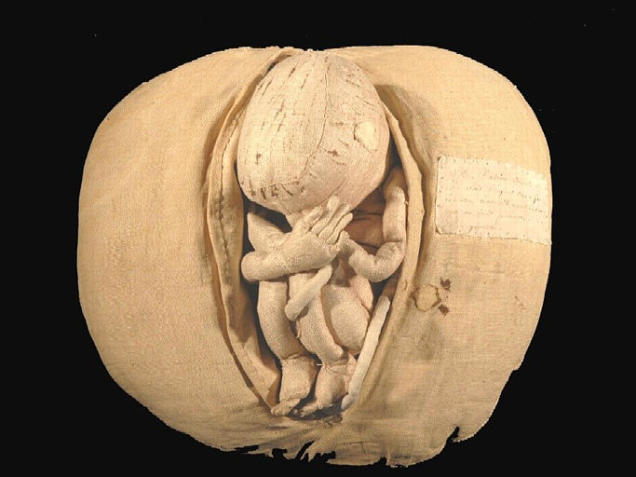
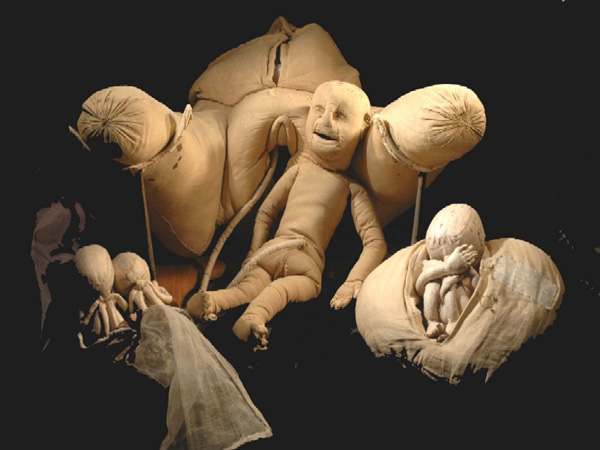
‘s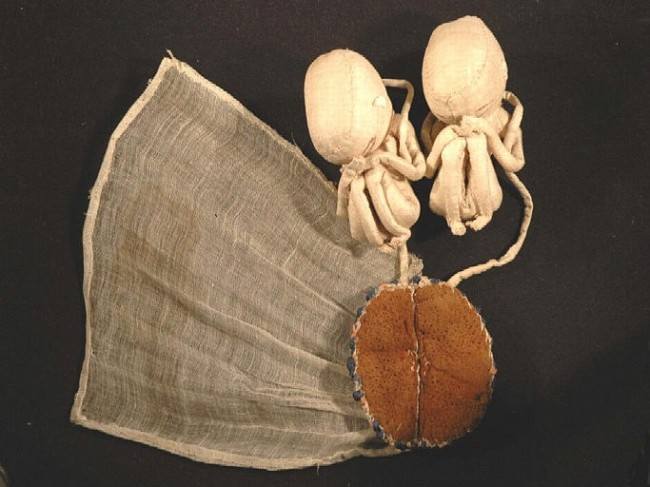
Angelique Marguerite Le Boursier du Coudray’s doll is housed at the Flaubert Museum and History of Medicine, Rouen.
